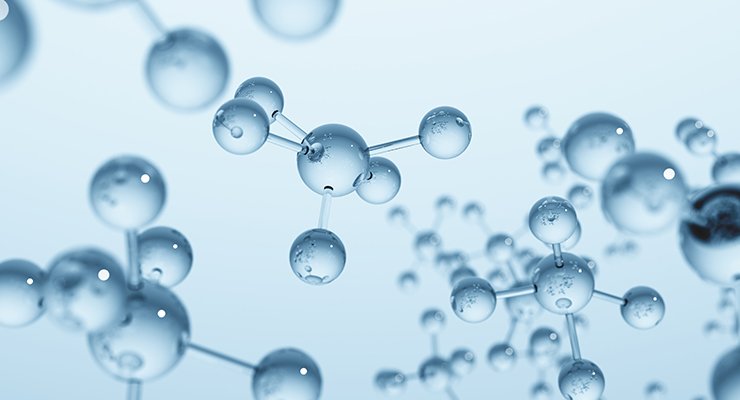Molecular printing : a state-of-the-art technology

Karsten Haupt is Professor of biochemistry at UTC-Compiegne and has directed UTC’s Enzyme and Cellular Engineering (GEC) laboratory since 2012. As a specialist in molecular printing, he has been ranked as the world’s leading expert on this cuttingedge technology by the website ‘Expertscape’.
This is a technology that makes it possible to produce ‘synthetic antibodies’, supramolecular receptors designed to recognise and bind to target molecules. What does this mean in practice? “It involves moulding a synthetic polymer around an individual target molecule (this is called a template), which will then create a cavity in the polymer. This template mimics the target molecule in size, shape and chemical functionalities and will contain the chemical groups that allow interactions with the target molecule,” answers Prof. Haupt.
Historically, in the 1980s, molecularly imprinted polymers (MIPs) were first used in the chemical field. But it was not until the early 1990s that the first scientific publication was published showing that it could be used as an antibody mimetic in an ELISA-type immunoassay. “Since then, these materials have been used to replace biological antibodies in any form of application requiring inter-molecular recognition,” he adds. In the years 2000, molecular printing reached such a stage of maturity that other fields of application were widely opened up. “These include cosmetology, food processing, environmental analysis, and the chemical and ‘biotech’ industries in general. The most recent trend is direct use in medicine, particularly in therapy but also in diagnosis. One example is the use of MIPs in biosensors, taking advantage of their high physical and chemical stability,” says Karsten Haupt.
What are biosensors? “Biosensors are a category of chemical sensors. They consist of two parts: the recognition element (the ‘sensitive layer’) that specifically recognises the molecule to be detected, and the transducer. The transducer translates the signal emitted when the target molecule binds to an electrical signal. Biosensors are used when the recognition element is a biological molecule. MIPbased sensors are among these and are biomimetic materials in the sense that they are able to mimic the behaviour of biological receptors,’ he explains. Why biosensors? “Unlike traditional analysis laboratories which, in addition to heavy investment in equipment, require travelling in order to deliver samples for analysis, biosensors are transportable. They can be moved to the samples, for example, on a farm to detect contamination in milk. They can even be implanted in the human body for continuous detection of disease biomarkers, which proves highly convenient for patients suffering from chronic diseases in particular. Rather than having to go to the hospital regularly, biosensors make it possible to measure a particular molecule, such as blood glucose, at home,” he points out.
But the growing interest in MIPs does not end there. They should make increasingly personalised medicine possible. “These materials, often called synthetic antibodies, are used to target certain cells or molecules associated with pathologies such as tumours, inflammations or infections. Synthetic antibodies have many advantages. Firstly, there is no need to use animals in the laboratory; they are tailor-made for a particular target or disease; they are cheaper and more stable, making them easier to engineer,’ explains Karsten Haupt.
This is a welcome innovation, since molecular recognition is the basis for all processes in the human body and we now avail of a chemical technology bio-inspired and bio-mimicked that today extends far beyond the biological field.
Hence the growing interest of many partners. “We are working in particular with Sanofi in the field of medical therapies, but also with other companies, hospitals and academic partners on fundamental and applied projects such as medical diagnosis and treatment,” concludes Professor Haupt.




